News | TCTAP 2023
Contemporary Trends in Aortic Stenosis Management - Legend's Perspective
Opening of TCTAP 2023 & Keynote Lectures
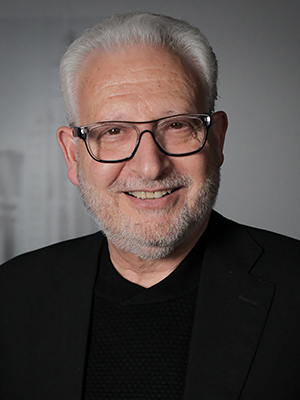
Martin Bert Leon, MD
Columbia University Irving Medical Center, New York, USA
Aortic stenosis (AS) should be thought of as a lifelong journey disease, and previous traditional notions of AS should be modernized and altered.
Martin Leon, MD (Columbia University Irving Medical Center, New York, USA) opened the 28th TCTAP 2023 with a Keynote lecture that discussed the contemporary trends in AS management. He emphasized that AS should be thought of as a lifelong journey disease, not just focusing on the index procedure itself, but the upstream and downstream development for this therapy is critical.
Prior to the index procedure, new diagnostic methods have been developed, including an electrocardiogram (ECG) algorithm using artificial intelligence (AI) machine learning, which has shown high sensitivity and specificity in diagnosing left-sided valve diseases
“We also believe that upstream thinking requires an understanding that our previous traditional notions of AS should be modernized and should be altered.”
Leon stressed the importance of understanding the patient's lifelong journey upstream, and how our traditional notions of AS should be modernized and altered. He argued that in addition to the traditional concepts of AS severity, it is necessary to subdivide severe AS according to the degree of cardiac damage and that even if asymptomatic, the prognosis varies depending on the cardiac damage (Figure 1).
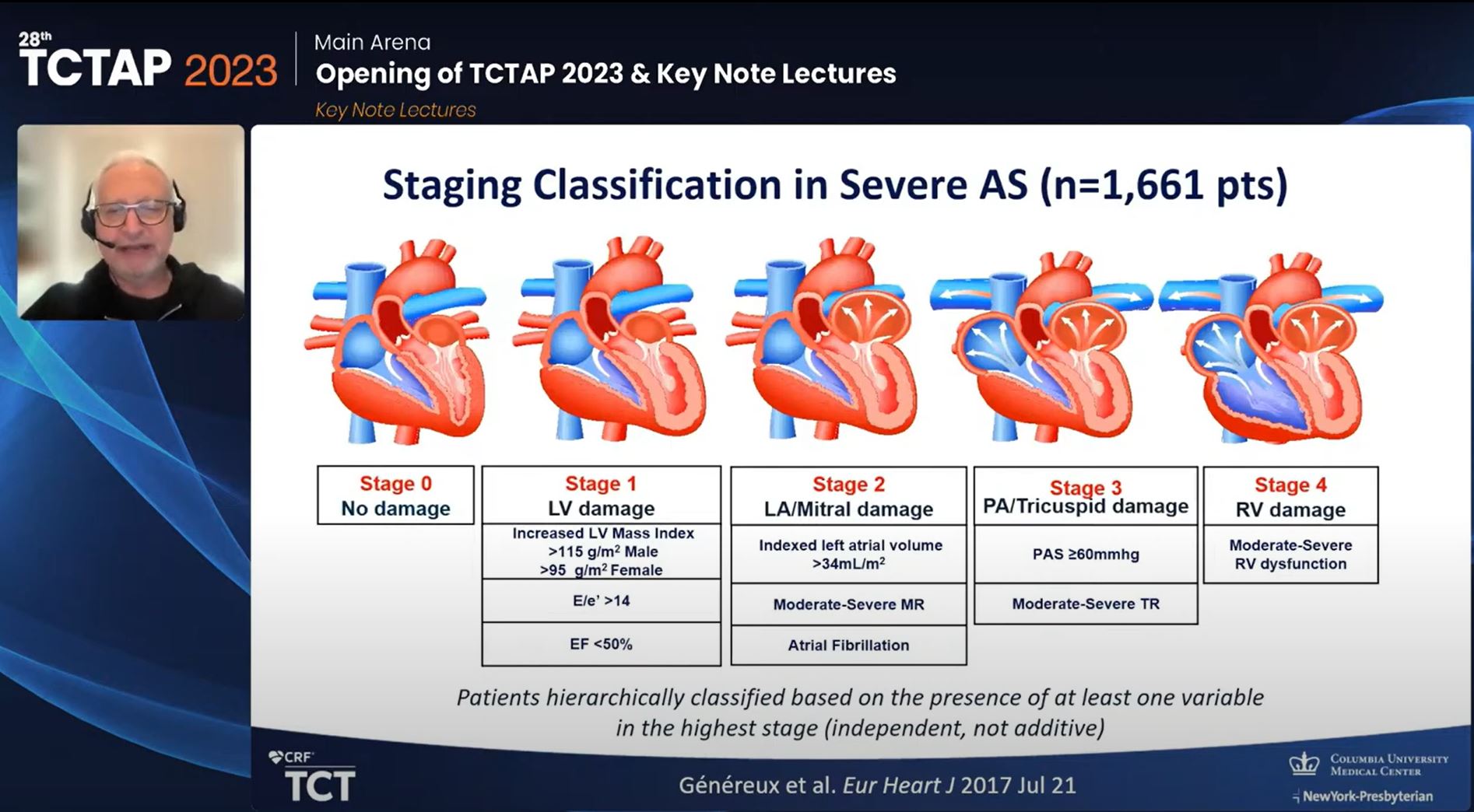
Figure 1. Staging classification in severe AS
He also introduced the conceptual framework of upstream AS treatment, which aims to delay disease progression and shift clinical research efforts from late-stage reactive aortic valve replacement (AVR) to early-stage preemptive AVR and other complementary therapy approaches. Leon discussed several clinical trials looking at earlier management and follow-up for AS, including surgical trials and transcatheter studies. He suggested the upstream treatment not only for patients with asymptomatic severe AS but also for patients with at-risk predictors in moderate AS (Figure 2).
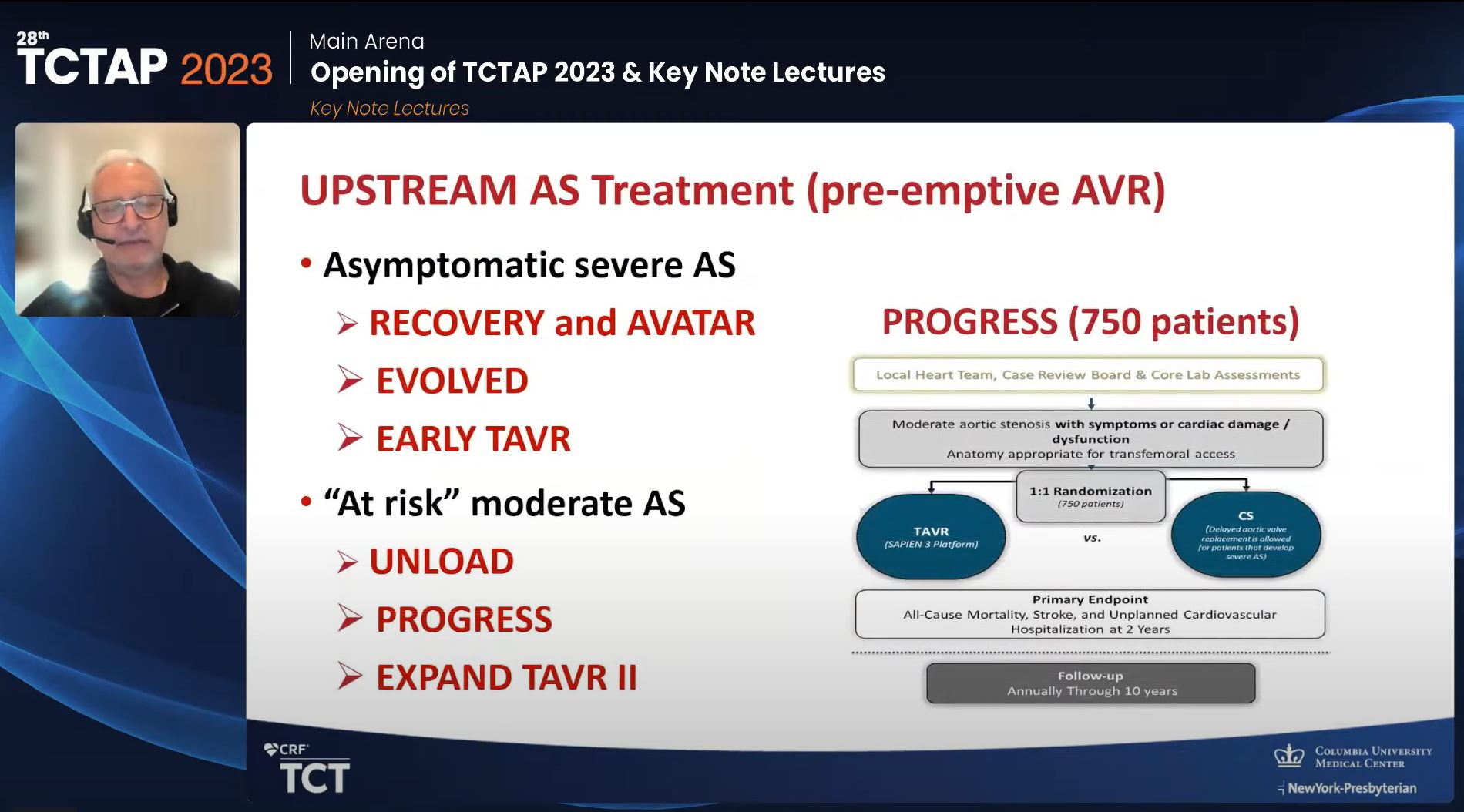
Figure 2. The framework of upstream AS treatment
“Now after the index procedure, we need to be also concerned about downstream considerations, particularly AV valve durability and adjunct to pharmacotherapy.”
He also explained the importance of downstream considerations, such as AV valve durability and adjunct pharmacotherapy. Although the incidence rate of bioprosthetic valve failure is not high, it does occur, so new materials to overcome it have been introduced.
“We believe that these trials (e.g., pharmacotherapies for AS) have been delayed but are now beginning to resurface with many new potential therapeutic targets and exciting new clinical trial methodologies.”
Although the pharmacotherapies that slow down the progression of AS have not yet been discovered, efforts are being made to develop new drug treatment methods through the improvement of new treatment targets or research methods (Figure 3).
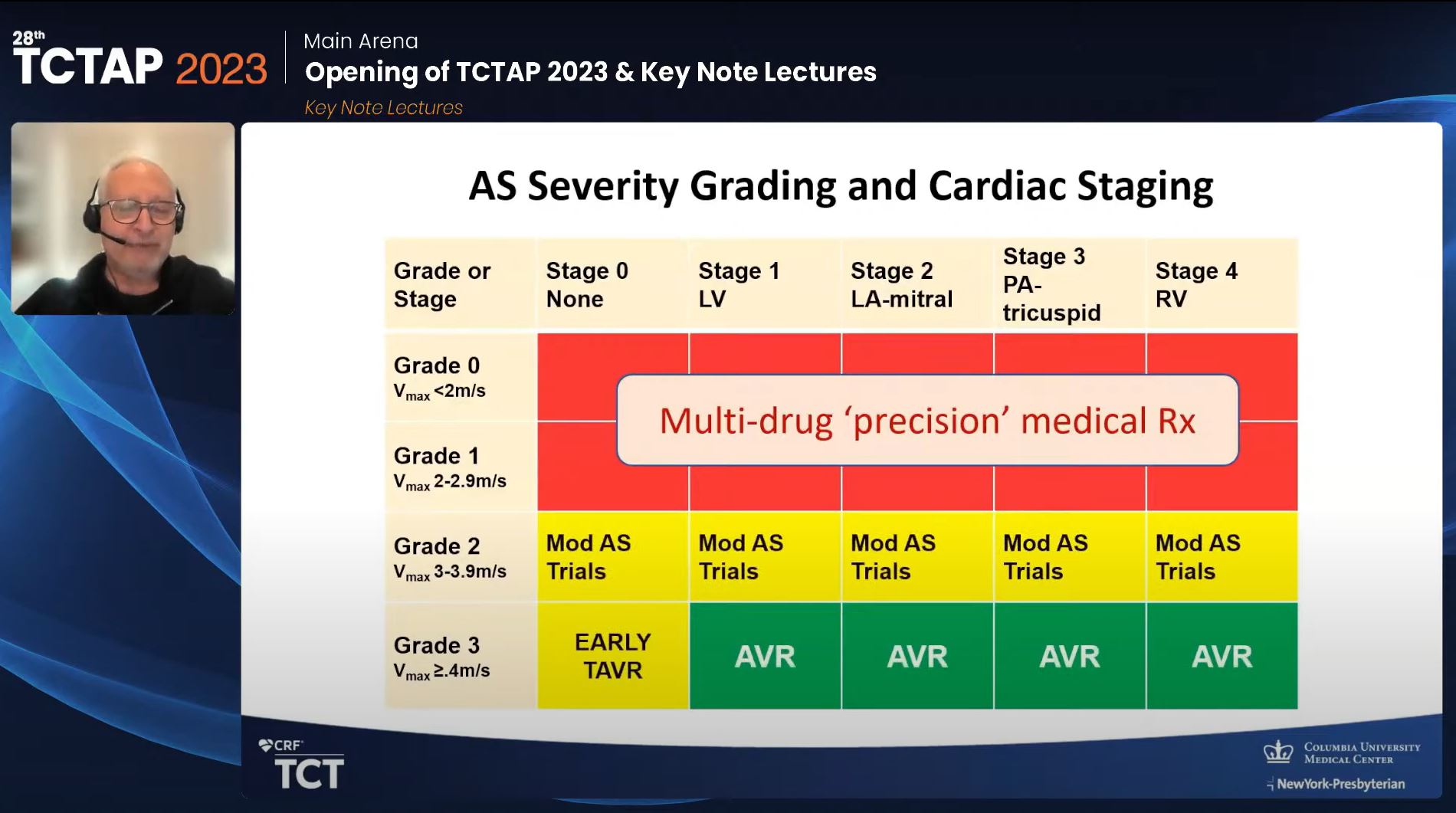
Figure 3. Treatment strategy by AS severity grading and cardiac staging
Finally, the lecture ended with Leon saying that the treatment of AS is a lifelong journey that requires treatment from various perspectives and aspects, such as earlier diagnosis, preemptive treatment, improvement of valve durability, and improvement of pharmacotherapy.
Opening of TCTAP 2023 & Keynote Lectures
Sunday, May 7, 9:30 AM - 10:16 AM
Main Arena, Walker Hall, Level 1
Edited by
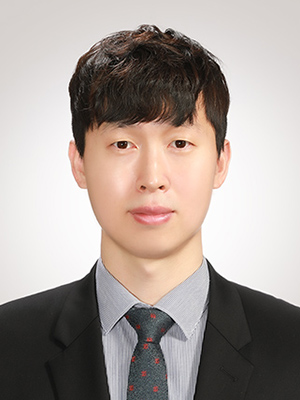
Yeong Jin Jeong, MD
MJ Hospital, Korea (Republic of)

Martin Bert Leon, MD
Columbia University Irving Medical Center, New York, USA
Aortic stenosis (AS) should be thought of as a lifelong journey disease, and previous traditional notions of AS should be modernized and altered.
Martin Leon, MD (Columbia University Irving Medical Center, New York, USA) opened the 28th TCTAP 2023 with a Keynote lecture that discussed the contemporary trends in AS management. He emphasized that AS should be thought of as a lifelong journey disease, not just focusing on the index procedure itself, but the upstream and downstream development for this therapy is critical.
Prior to the index procedure, new diagnostic methods have been developed, including an electrocardiogram (ECG) algorithm using artificial intelligence (AI) machine learning, which has shown high sensitivity and specificity in diagnosing left-sided valve diseases
“We also believe that upstream thinking requires an understanding that our previous traditional notions of AS should be modernized and should be altered.”
Leon stressed the importance of understanding the patient's lifelong journey upstream, and how our traditional notions of AS should be modernized and altered. He argued that in addition to the traditional concepts of AS severity, it is necessary to subdivide severe AS according to the degree of cardiac damage and that even if asymptomatic, the prognosis varies depending on the cardiac damage (Figure 1).

He also introduced the conceptual framework of upstream AS treatment, which aims to delay disease progression and shift clinical research efforts from late-stage reactive aortic valve replacement (AVR) to early-stage preemptive AVR and other complementary therapy approaches. Leon discussed several clinical trials looking at earlier management and follow-up for AS, including surgical trials and transcatheter studies. He suggested the upstream treatment not only for patients with asymptomatic severe AS but also for patients with at-risk predictors in moderate AS (Figure 2).

“Now after the index procedure, we need to be also concerned about downstream considerations, particularly AV valve durability and adjunct to pharmacotherapy.”
He also explained the importance of downstream considerations, such as AV valve durability and adjunct pharmacotherapy. Although the incidence rate of bioprosthetic valve failure is not high, it does occur, so new materials to overcome it have been introduced.
“We believe that these trials (e.g., pharmacotherapies for AS) have been delayed but are now beginning to resurface with many new potential therapeutic targets and exciting new clinical trial methodologies.”
Although the pharmacotherapies that slow down the progression of AS have not yet been discovered, efforts are being made to develop new drug treatment methods through the improvement of new treatment targets or research methods (Figure 3).

Finally, the lecture ended with Leon saying that the treatment of AS is a lifelong journey that requires treatment from various perspectives and aspects, such as earlier diagnosis, preemptive treatment, improvement of valve durability, and improvement of pharmacotherapy.
Opening of TCTAP 2023 & Keynote Lectures
Sunday, May 7, 9:30 AM - 10:16 AM
Main Arena, Walker Hall, Level 1
Edited by

Yeong Jin Jeong, MD
MJ Hospital, Korea (Republic of)


Leave a comment